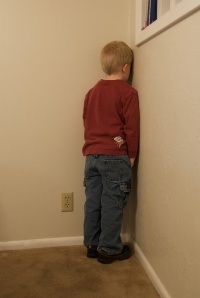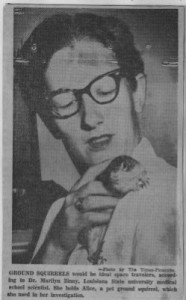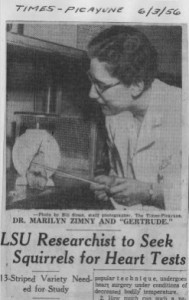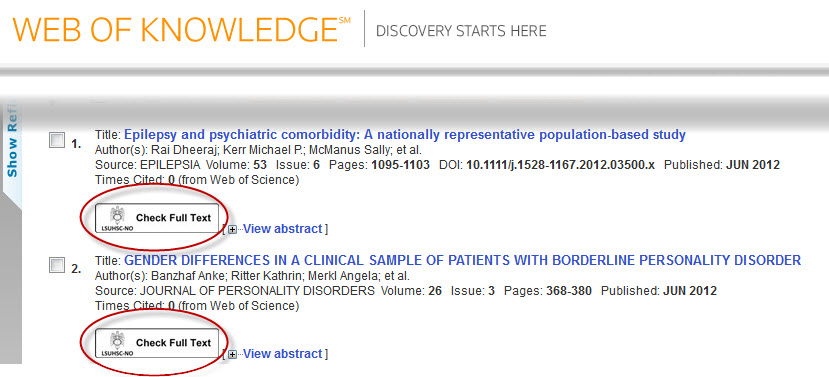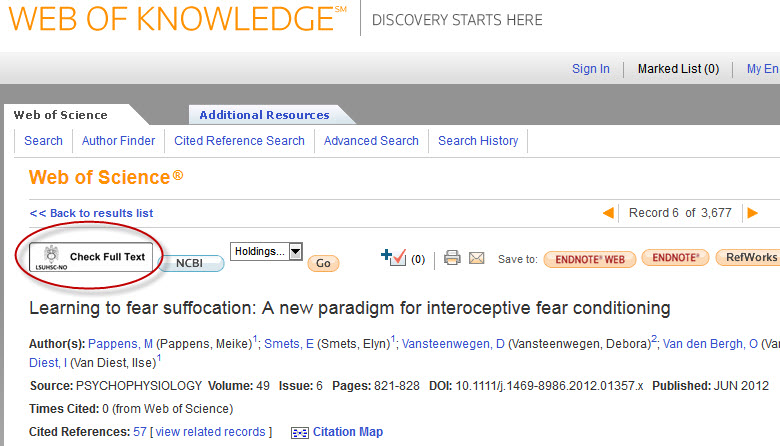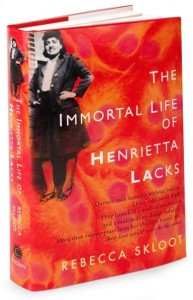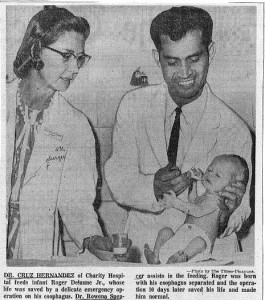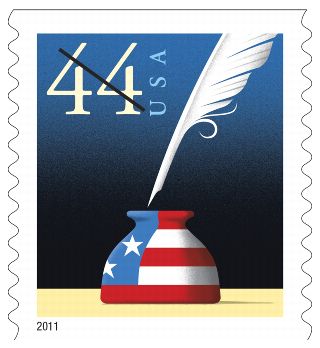Journal citation cartels?
Last week, Thompson Reuters published the 2011 edition of Journal Citation Reports, otherwise known as the Journal Impact Factors.?á Several things are new about this newest edition of JCR such as?á increased coverage of regional journals and the addition of 526 new journals to the Impact Factor rolls.?á However, one new factor, while positive for JCR, was not very positive for journal publishers.?á JCR removed 51 journals for “anomalous citation patterns,” aka: systemic self-citation.
How do these “anomalous citations patterns” occur??á There are several ways:
1.?á Editors may require authors to cite articles in the publishing journal.
2.?á An editor may publish a short review article citing every article in the journal published within a certain time period.
3.?á An editor may publish a bibliometric study of the papers published in the?á journal and then cite each paper.
4.?á Several journals may cooperate to form a “citation cartel” whereby the journals cite each other in order to raise their impact factors.?á These cartels can be much more difficult to detect because the citations are not just self-cites, they contain cites in several journals.
Although these journals were removed from the JCR for 2011, they will have a chance to return to the impact factor rolls when their citation patterns return to a similar pattern to other journals within their field.
According to Thompson Reuters:
Whatever you may feel about the validity and usefulness of a journal’s Impact Factor, this year’s JCR demonstrates that Thompson Reuters attempts to uphold high standards in scholarly publishing.
For more information about the Citation Cartels, check out The Scholarly Kitchen.
LSUHSC affiliated patrons can access the newest Journal Citation Reports through this link.

 myLSUHSC
myLSUHSC